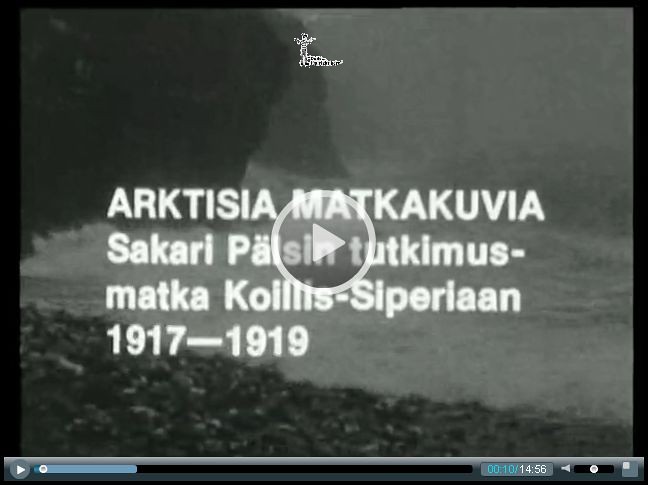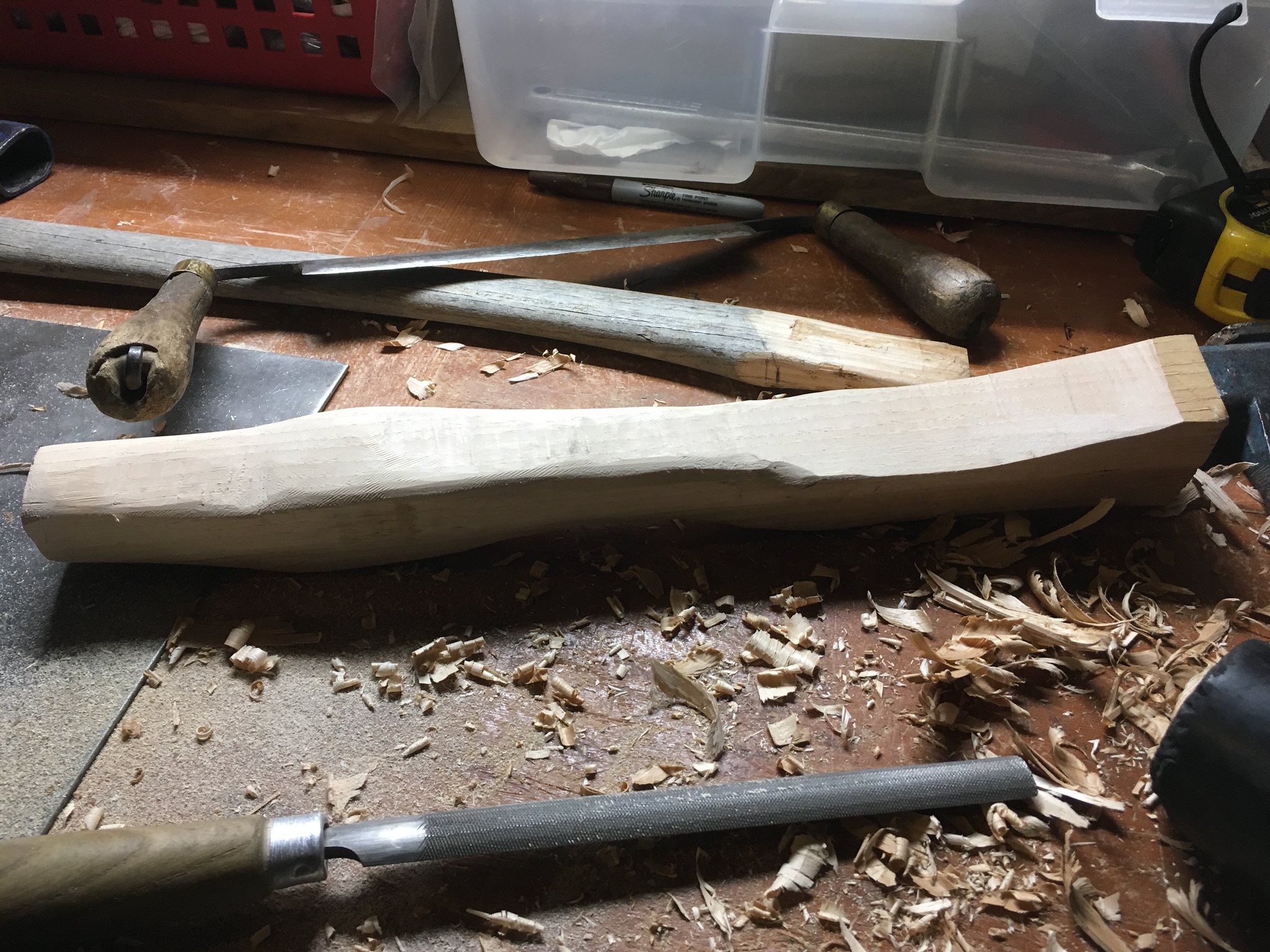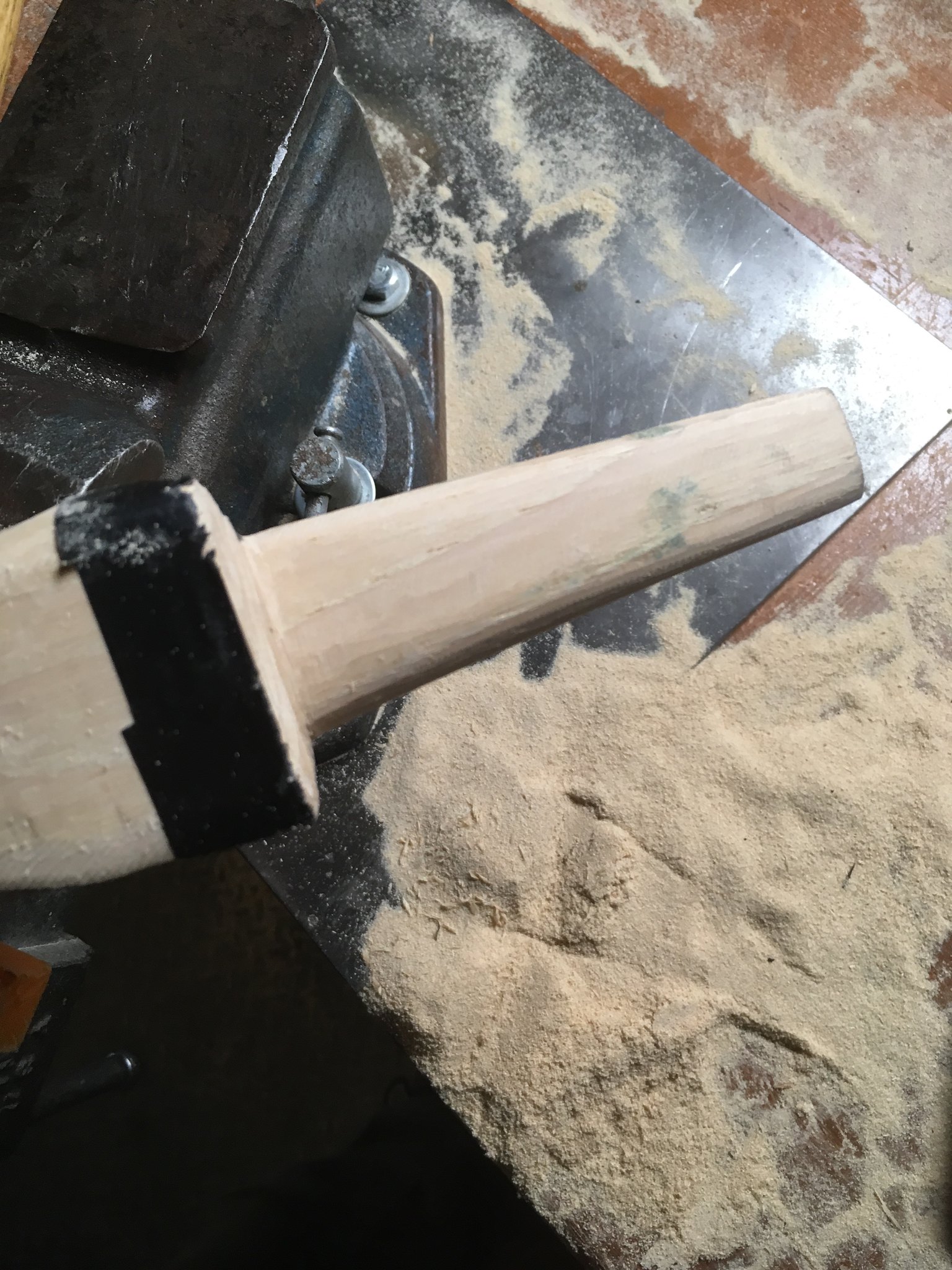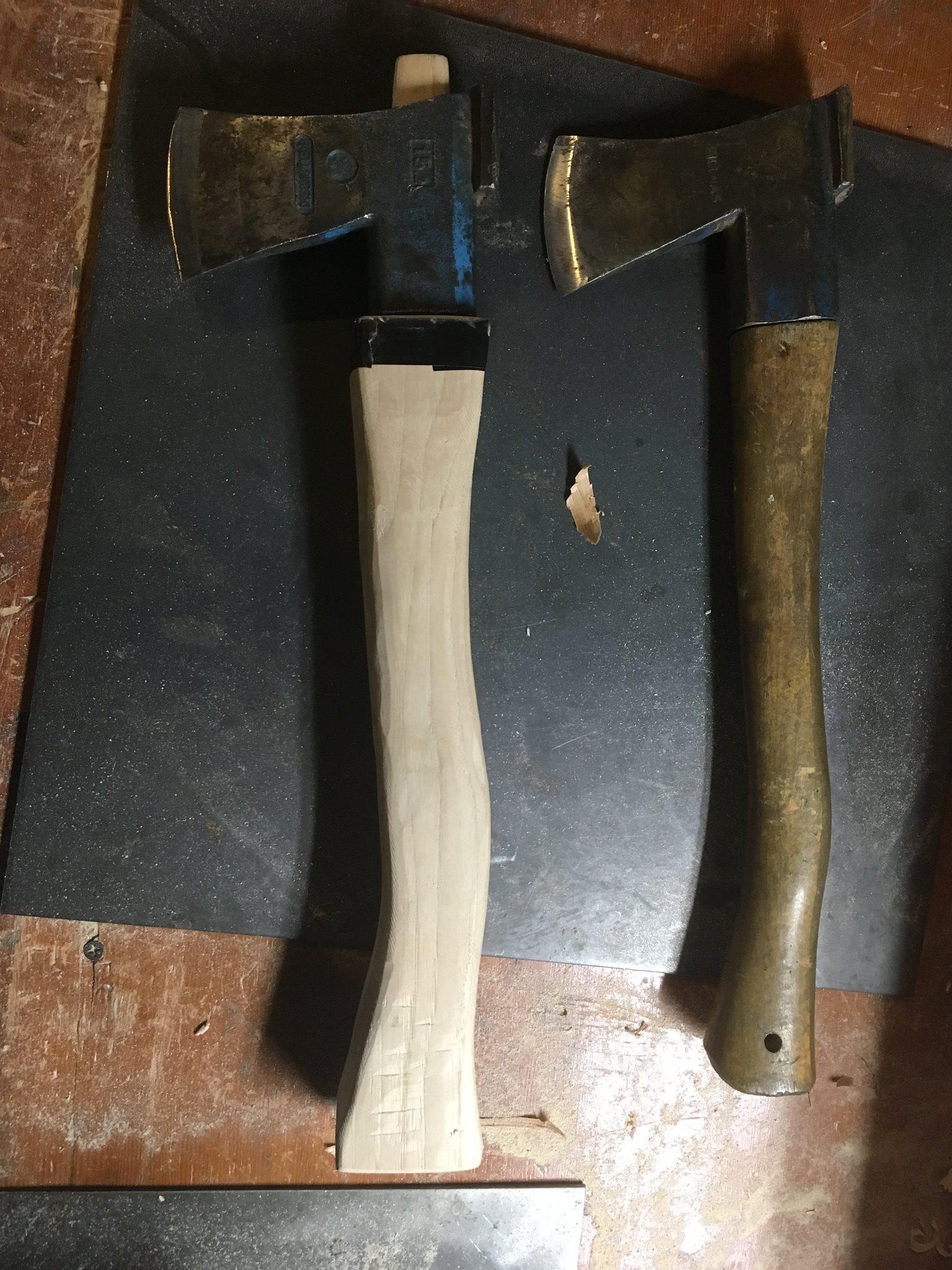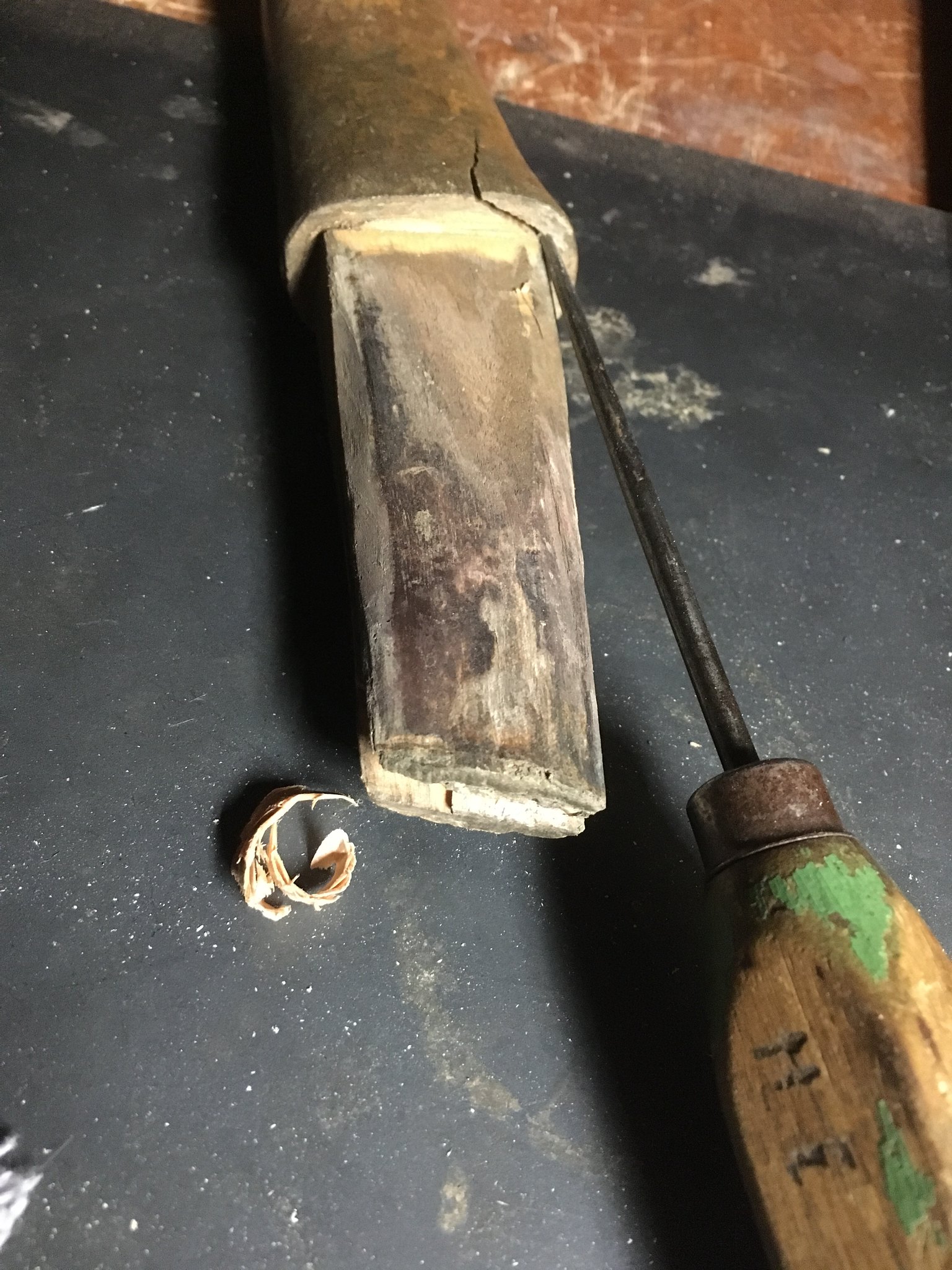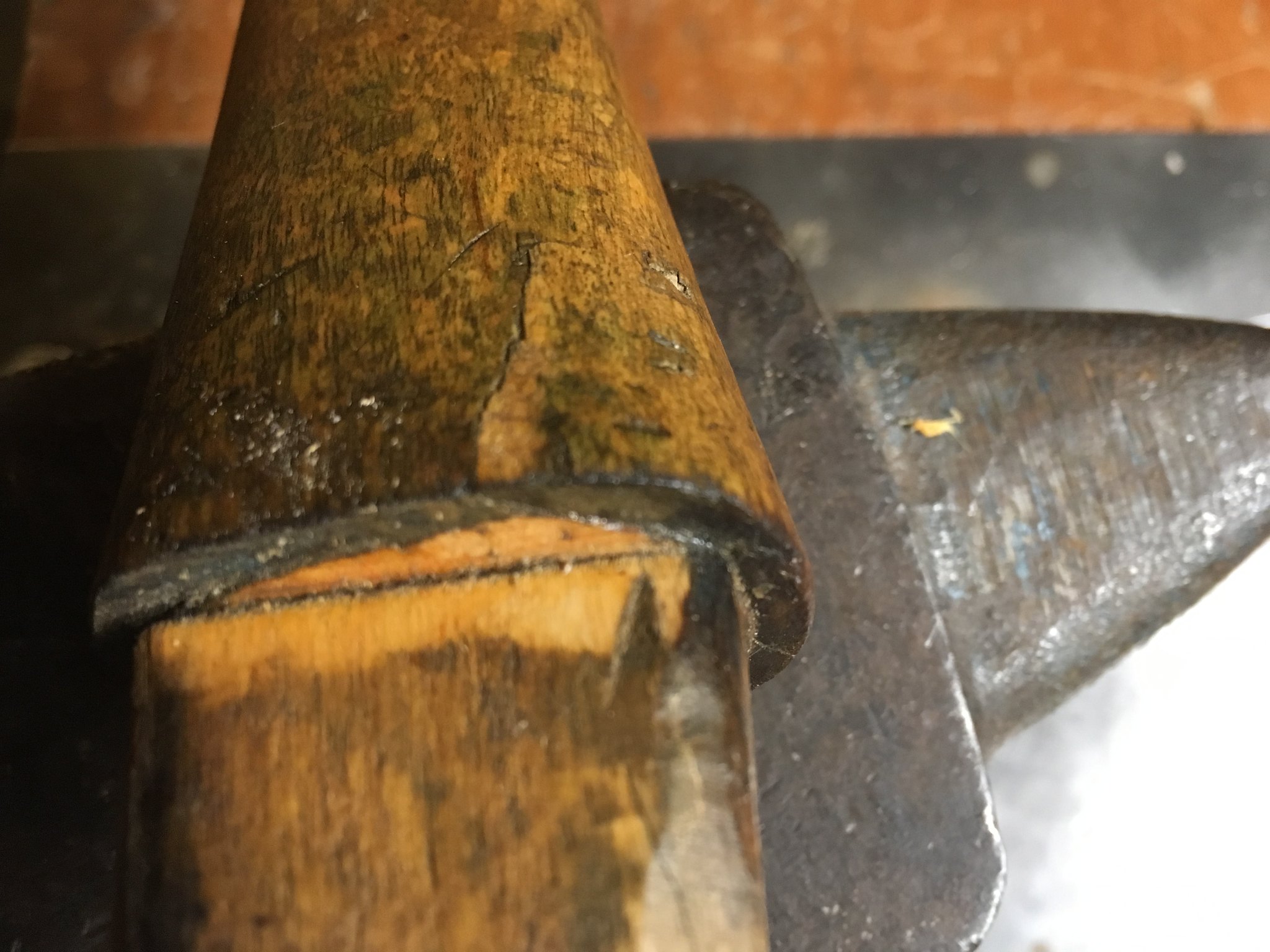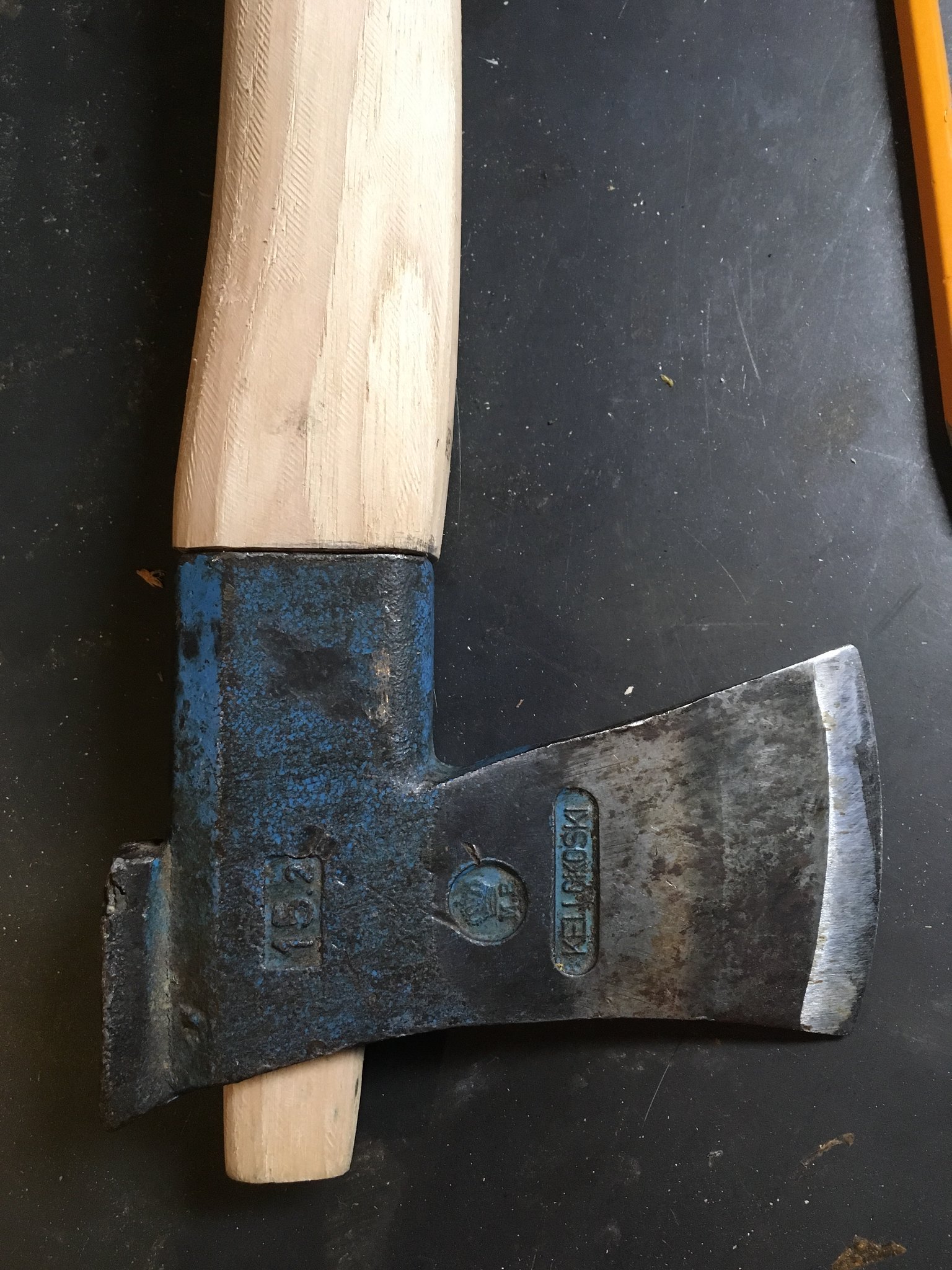Here is some background on those 12s i sent to Agent_h.
They used to belong to an old woodworker that lived next door to the school my grandfather was a janitor in. My grandparents used to live in the school building so they were alot in touch with this man. He was born in 1915 or 1916 and died in the early 2000's. He made everything from wooden barrels to furniture. He propably made hundreds or maybe thousands of wooden spoons, spatulas etc.
Here are some of them that i own.


This is a big wooden "spoon" called kauha in Finnish, it is used to throw water to the sauna stove when you are in sauna. It has the date 1985 written in it, along with my grandfathers name and it has been in pretty much daily use ever since it was made.

These spoons are made by him as a christmas present to my grandparents. The two older spoons arent made by him, they are made in late 1800's or early 1900's and were found in the farm that my grandparents bought. You can see that they have been used pretty much daily.

Here are three bigger spoons made by him along with a very nice spatula. The one on the right side is made by my grandfather.

This is maybe my favourite item that i own by him. Its an old plane that he made for my grandfather.

With Billnäs iron of course
They used to belong to an old woodworker that lived next door to the school my grandfather was a janitor in. My grandparents used to live in the school building so they were alot in touch with this man. He was born in 1915 or 1916 and died in the early 2000's. He made everything from wooden barrels to furniture. He propably made hundreds or maybe thousands of wooden spoons, spatulas etc.
Here are some of them that i own.


This is a big wooden "spoon" called kauha in Finnish, it is used to throw water to the sauna stove when you are in sauna. It has the date 1985 written in it, along with my grandfathers name and it has been in pretty much daily use ever since it was made.

These spoons are made by him as a christmas present to my grandparents. The two older spoons arent made by him, they are made in late 1800's or early 1900's and were found in the farm that my grandparents bought. You can see that they have been used pretty much daily.

Here are three bigger spoons made by him along with a very nice spatula. The one on the right side is made by my grandfather.

This is maybe my favourite item that i own by him. Its an old plane that he made for my grandfather.

With Billnäs iron of course



